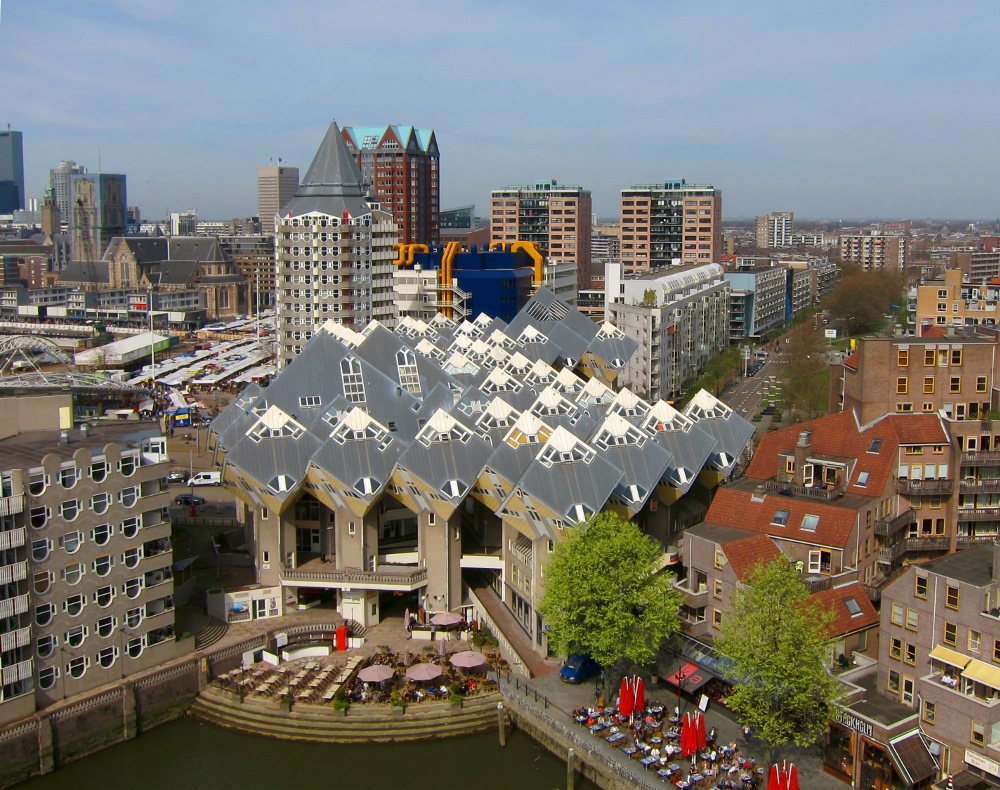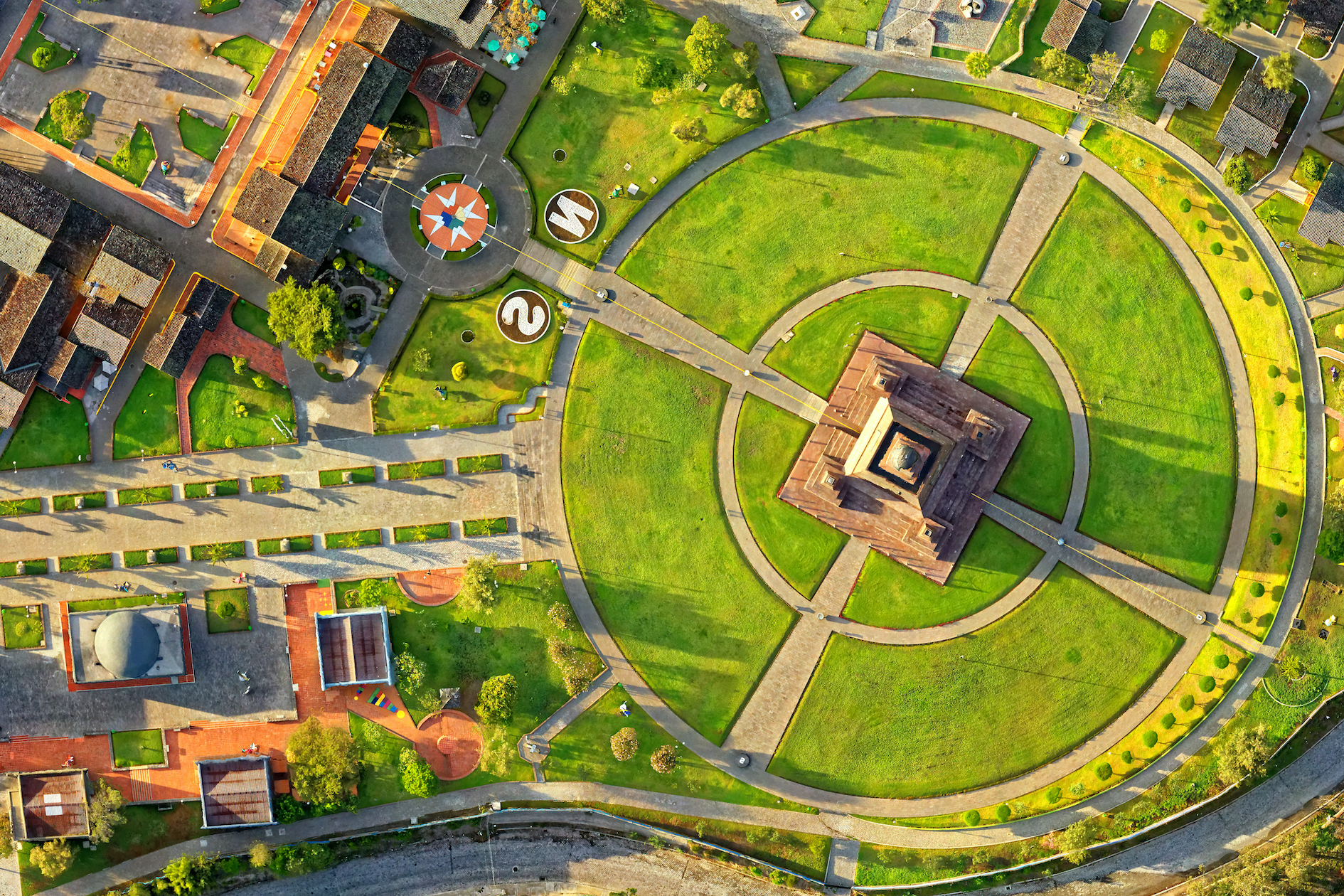At that point, for about 50 years the architectural profession had been struggling with the influence of engineers. The engineer was the model for architects. As postmodernism emerged, Lévi-Strauss opened the door to an alternative of somebody who was the precise opposite of the engineer: somebody who was not inventing the means for a project, but who was working with self-contained toolkits with which they would largely improvise a project. And architects absolutely loved this breakthrough for what they wanted to do.
Ecology, nature and the 21st century architect
Architecture Critic, Historian and Course Master
- Until the 1970s, architects saw the engineer as their model. Lévi-Strauss introduced the idea of the bricoleur – in contrast to the engineer – someone who improvises with materials at hand.
- Architects have traditionally focused on new builds, but interest in refurbishment is growing. A new aesthetics needs to be articulated concerning refurbishment, or how the work of past architects combines with that of architects today and in the future.
- To address environmental issues, we need to exercise more care on our cities, just as we nurture plants in a garden.
How Lévi-Strauss influenced architecture
The idea which architects have of the bricoleur largely comes from what Claude Lévi-Strauss wrote in the 1970s in The Savage Mind. Lévi-Strauss was a great anthropologist responsible for the invention of structuralism and many other remarkable things, and the author of Tristes Tropiques, a wonderful book about travel. Interestingly, he exercised a significant influence on architects in the 1970s.

Urban district 1985 (Piet Blom) Cube Houses in Rotterdam seen from the Oude Haven. Wikimedia Commons. Public Domain.
What refurbishing could mean for architecture
For a long time, architects have been interested predominantly with new builds. A new area which is emerging at the moment is the area of refurbishment. Of course, there have always been refurbishments in architecture, but a self-respecting or ambitious architect would typically always want to have new build commissions.
Now, a sense of great excitement is emerging among some architects about what refurbishing buildings could mean for the profession. In this respect, a tremendous amount of work remains to be done. One task is to acquire new skills or to partly transfer the skills of building conservation to buildings which require additional transformation.
The other thing which needs to be articulated, which is a very exciting subject, is a new aesthetics as far as refurbishment is concerned. There is currently no aesthetics concerning refurbishment. There is no aesthetics which suggests that the work of architecture can be done from the combination of what has been done before, together with what is being done by an architect today, and – through the possibility of an open system – the contributions of architects in the future. We are at the very beginning of a significant transformation in the role of architects today.
Refurbishment as recycling
Refurbishment is the direct equivalent of everyday recycling by ordinary people in cities and elsewhere. For a long time, an attitude has been promoted, notably by developers motivated by financial gain, to demolish and rebuild at higher density. This approach is becoming less popular.
Linked to this is a new interest in the idea of care in the making of architecture. This is in phase with the notion of ecology. Care precedes interest in forms and interest in spectacle. Care demands an emphasis on process rather than form. This is a very significant shift – the process of the architects, together with the building, together with all interested parties, is key to the project. I think, for instance, of Lina Bo Bardi in Brazil, where she has refurbished a very large factory into a local cultural centre. There is a growing number of buildings of this kind.
Nature in London and Tokyo
Perhaps because I live in London and I have become very fond of this city. For me London, is a model of what the connection between architecture and nature can be. Nature in London is omnipresent. Springtime is a good moment to see this. A friend of mine coming to London from the Netherlands in spring pointed out how extraordinary the streets of London were, full of trees which were in bloom. This is something which was very unusual in other cities in Europe.

Photo by Richie Chan.
Another city which comes to mind is Tokyo. Tokyo now has become, it is often said, a very large metropolis expanding from Tokyo to Osaka. I have travelled a number of times in this region. The close relationship between buildings and gardens, fields, allotments and nurseries is a subject of fascination. All of this forms a great mix, which at the same time, at least to my eyes, feels extremely satisfactory. I remember seeing a tractor coming right beneath my windows while I was living in the suburbs of Tokyo. But there is something more to be said about this – and this is also true in London – which is that together with all of this comes an idea of care.
Exercising care on our cities
If we are going to be serious about ecology, if we are going to be serious about environmental issues and climate change, we need to exercise more care on our cities, more care on our buildings, to a level that is comparable to the care that we take in nurturing plants in a garden.
Tokyo in particular is a marvellous example of this for various reasons; there is a lot to be learned from it. In London, the situation is slightly different. There is something much more ad hoc, much more loose, much more individualised in London. The fabric of buildings and the texture of things generally appears quite soft and malleable, and open to this constant act of maintenance.
Care in the Global South
There is an assumption that more care is taken over the fabric of a city in the Global North than it is in the Global South. I am not sure this is always true. In the slums of the Global South, for instance, you could easily argue that people are less wasteful in the way they use their resources. They are nimbler. People living in the Global North could certainly learn from this quality of being nimble about resources and the ability to improvise how one might intervene in the city.

Photo by Ammit Jack.
What is sometimes shocking in the cities of the Global North is simply how wasteful development is. I don’t look upon this as being careful or caring. In fact, quite to the contrary, the luxury which we take for granted in the Global North is often not justified. And at the end, what unifies the Global North and the Global South is that we have only one nature, and that this nature is actually shared by both.
Discover more about
ecology, nature and the 21st century architect as bricoleur
Scalbert, I. (2011). The Architect as Bricoleur. Candide, Journal for Architectural Knowledge, 4, 69–88.
Scalbert, I. (2013). London After the Green Belt. AA Files, 66, 3–16.
Scalbert, I., & 6a Architects. (2013). Never Modern. Park Books.